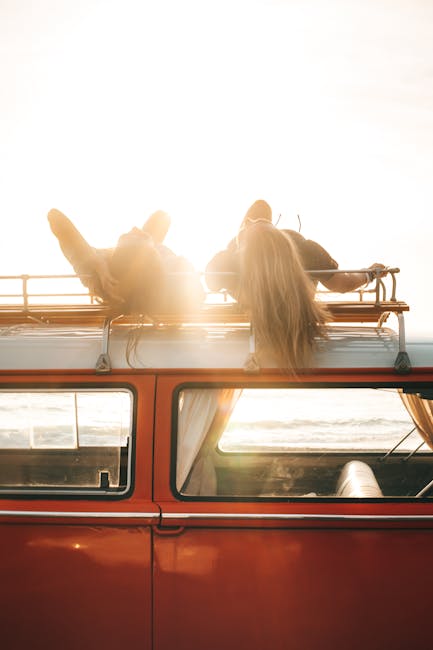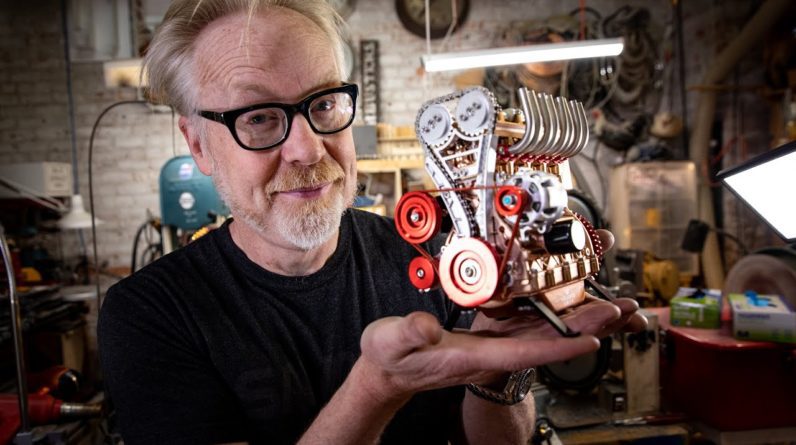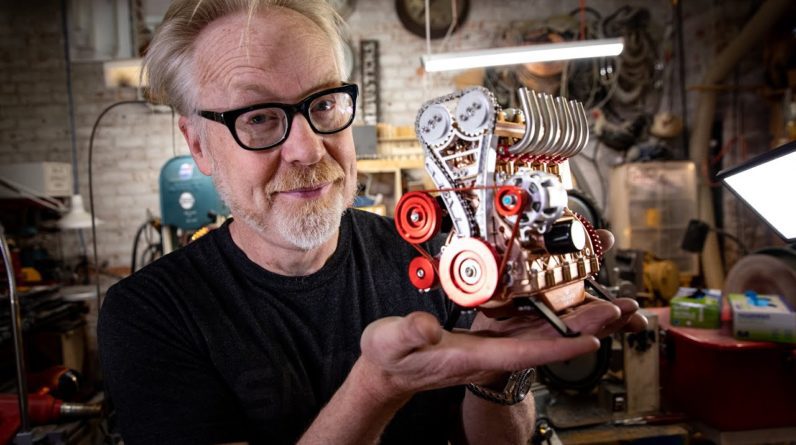In today's video. I draw a circle. I drop parts into a plastic cup. I pour water on the sponge. In addition, I moisten waterslide decals with
hot water. and insert a skewer into the fuselage Hello fellow modelers. I am going to build this nice p-47 thunderbolt
without an airbrush. So this video is primarily for beginners who
struggle with a metallic surface. If you are new to this hobby, I highly recommend
starting with a smaller scale like 72 and choosing a good quality kit. Otherwise, it could discourage you. In the box is a detailed manual that helps
you with assembling. And two marking versions. You need to choose one. The B is more straightforward. You can notice that each part has a number
and a letter. There is usually more than one sprue. Therefore, the letter could help with searching
for the correct component. I found the part, but I must somehow separate
it off the sprue.
Excellent and cheap are side cutters for wires. However, the cut is not perfectly precise
usually, and you need to remove residual sprue. Handy is a sharp blade for this purpose, but
suffice an ordinary packaging knife if you do not have it. It would also be best to have some metal or
nail files of different shapes. Sometimes cleaning residual plastic is more
complex, and a round file could be a lifesaver. These small parts are tiny, so store them
in boxes or cups if You don't want to lose them. The next step is painting, but if you do not
want to hold parts in your fingers, then handy is to create an easy holder tool. It would help if you had self-adhesive poster
gum and some wooden spatula or toothpick. There are plenty of types of glues but after
a few years of modeling. I use only super thin glue for plasick, PVA
glue, and super glue. The thin glue has a small brush and evaporates
quickly; therefore, the application is effortless. Prepare parts for painting. The following numbers in the manual are for
paints.
I do not recommend Tamiya acrylic paints for
a paintbrush because the application coud be a nightmare. Instead of these paints, try to use water-based
acrylic paints like Vallejo, Revell aqua, citadel, AK, Mig, or army painter. doesn't matter too much which brand The significant advantage is that they are
odorless, dry fast, and you can dilute them with ordinary water. Hmm, they dry fast, so that coud be a problem. But, on the other hand, you do not want to
open the bottle and dilute new paint every single minute. Therfore next trick. You need to create a wet palette from a plasick
box, water, sponge, and baking paper. If you apply paint on the paper, then it stays
fresh for a few hours.
Do not forget to shake the bottle properly. The correct dilution is thinner than dense. The layer must be partly transparent. Something like that The layer is not full coverage, but that is
good because you need more smooth layers instead of one thick. It is better to have a flat paintbrush. As you can see, the layer is smooth, and all
details are well visible. So try to alwase apply two or three layers.
The funny part is the details and for this is
a good thin round paintbrush and dilution should be more densely. You can use color directly from the bottle. A more advanced technique is a wash. It is basically highly diluted paint with
acrylic resin thinner. Let it flow into all gaps and details. It will make them more pronounced. It is also an easy technique how to make artifical
shading. Last but not least step waht you need to know
is waterslide decals. I will talk more about it later. simply
Cut the needed part out of the paper and dip it into water. I highly recommend some decals chemicals. One helps with a proper setting and application. As you can notice, the decals are printed
on transparent film, which is usually thick. The second decal's softer chemical will partly
dilute it, and therfore the decals copy underneath details. The last detail in the cockpit is red button
fur guns and some others on the dashboard. Sometimes you do not have proper shade, and
if you do not want to buy all the paints, you need to learn how to mix them. For example, I need iconic zinc chromate green
paint, but I do not have it.
Consequently, I mixed green and yellow. The next step is the engine. You can also buy paints that imitate metallic
surfaces. The glue for plastic makes a stronger bond
if you remove access dry colors on contact arias. Do not forget to attach wing reinforcement
before fuselage assemble. I mentioned that it is good to buy suitable
quality kits. As you can see, The fuselage fits perfectly. Try to apply a minimal amount of super thin
glue. Its cloud creates sink marks after a few weeks. I am fixing the position with ordinary plasick
clamps. You can instead use electrical tape. It is good to write the part number on elevators. It happened to me that I glued them the other
way round. It is easy to make here a few mistakes. If you look at the back, then you can clearly
see that the ruder and elevators are not at a right angle. So when the glue is still fresh, try to correct
the geometry. This is better. Reading instruction manual is essential. You can easily forget or skip this section
— drill holes for bombs and rockets.
I have micro drill bits for electronic boards,
which are also handy for our models. Do not drill out the second holes if you do
not want to install rockets. This part is thicker than it should be and
therefore does not fit perfectly. Consequently, I am making it thinner slightly
with sandpaper. This kit is perfect, so it was had to find
some problems, but I found some. You can notice small, deepened circles on
plastic parts.
Ejector mold pins caused it. Most of them are hidden after complete assemble,
but some are not. Like here on wheel well doors. I use for filling small imperfections this
Tamiya white or gray putty. Nicely take up a small amount of putty and
cover ugly pin marks. The drying time is one or two hours, so meanwhile,
you can finish other steps. If the is appropriately dry, then remove access
putty with soft sandpaper. The Tamiya putty is very soft; therefore,
you can see clearly see filled parts. The next issue is mold lines. It is caused by two-part mold technology. Some kits have them more pronounced, so you
must spend more time cleaning them. Sapdapper or sharp hobby blade is all waht
you need, usually. If you do not have a flexible superglue, then
use ordinary putty for this step.
The fuselage is properly dry, but you can
notice ugly seam lines across the whole length. It would be best to fill it. I use superglue because it is more resilient
against chemicals and stronger than putty. Do not forget at wings leading edges. Important is again remove residual putty or
glue in this case. Now a little bit more advanced technique,
so you can skip it if it is one of your first models. But the problem is that I filled panel lines
with putty. I can restore them with a hobby blade, but
a more straightforward, faster, and a cleaner solution is to use a razor saw. The blade is very thin and has sharp teeth. I am gluing on surface masking tape, which
helps make a nice straight line. Now a little bit of magick. First, it would be time-consuming to fill
and sand seam line around air exhost. Therfore I cut out a specific part from the
thin styrene sheet and covered the whole section with it.

It seems that the model is prepared for painting. I do not use an airbrush for this model but
spray. Therfore cover alrady painted parts with poster
gum or cleaning sponge. On the surface is dust from grinding and grease
from fingers. If you want to increase color adhesion and
paint finish, then clean the surface with soapy water or isopropyl alcohol. From this moment it is to good wear some gloves. You prevent fingerprints. I am drilling out a small hole for a skewer. Why skewer? It helps with handling meanwhile painting. Do not try to paint a larger metallic flat
surface with a paintbrush because it is difficult, and you would not be pleased with the finished
model.
Therfore the magick is spay can. It is not an expensive solution, and one bottle
suffices for 3 or 4 models. It is important to shake it properly and apply
a few small layers from a distance—two or three usually suffice. Also, spray your model outside or perfectly
ventilated room. The silver particles are pretty messy, so
you do not want them in the whole apartment. please do not touch the surface when it is
still wet The reslut is qite nice.
Primary the layer is lacquer, therfore is
remarkably resilient. You can use silver paint from the spray can
for a paintbrush. There should be a green line on the top of
the fuselage. It reduces the sun's reflection on the pilot
from the aluminum surface. I even do not think to paint the shape of
a strip free hand. I use masking tape. I again do not have precise olive green paint,
but this one looks similar. What have we already learned? Never apply a thick layer. You can see that layer is transparent, and
you can still see base aluminum. The second layer is better but not full coverage. Now remove the masking tape. More layers coud crete a tick edge on transition. A little bit of paint flowed under the mask. You can easily scratch it off with a toothpick.
And the third final layer. I alrady have the shape, so it is easy to
outline it. The p-47 A marking version, which I choused,
has invasion stripes. If it looks difficlut for you, then you can
build the second B marking version. Cut decals out of the sheat with sharp scissors. Be careful; try not to damage decals around
accidentally. I prepared a bowl with hot water. The ideal temperature is around 50 and 60
degrees Celsius. The paper sucks water faster, and heat makes
decals more flexible consequently does not crack so easily.
Dip the decals into the water only for a few
seconds. I alrady mention decal chemicals. The most important is micro sol. You do not need precisely this one. They are other brands and types, but they
work more or less the same. A few drops of decals setter helps move decals
on the surface. I did not apply decals precisely, but it is
not a problem. I easily move it to the correct position with
a toothpick or cotton swab or larger with a finger. Do not use any sharp tools like tweezers,
scissors, or hobby blades. The decals are very soft; consequently, you
can easily damage them. Let it dry and set. As you can see, you can not see underneath
details, like panel lines or rivets. Therfore is time for mr setter. Apply it across the whole decal. The magick starts immediately. The decals reveal details and become wrinkled. But do not worry, all will disappear, just
do not touch it for one hour. The instruction manual is great help meanwhile
searching best place for your roundels. The panel lines work like a guideline. Sometimes are decals larger or smaller than
in manual, so take it indicatively.
The most difficult is the black-white chessboard. It will help if you cut out base varnish around
decals and curves. You will avoid problems this way. Do not apply softer immediately after application
and use only a setter. Did I tell you that if you heat up decals,
then they are more flexible? You can utilize this behavior by using a hairdryer. This way is not a problem setting decals to
all complex curves. When work is done, fix the result with a decal
softer. There are some labels. A good practice is to mark in the manual which
you alrady applied. I am gluing painted parts with super glue. It makes a strong bond even on paint. If the plane hols on wheels, then you know
you did a good job.
It remained to paint and attach small details. And we are done with our model. Or not? The surface looks very uniform and dull. Therfore I recommend trying washes. It is not the same as I used for cockpit shading. This one is enamel-based. You can wipe it out with a thinner even after
drying. Simply let it nicely flow into panel lines
and rivets. As you can see, it makes them more pronounced. You can try to apply it to the whole surface
and make some panels darker. It will make the surface optically less uniform. The wash is dry, but there are unpleasant
residual stains. Simply use thinner and wiper them out or bluer
them with thinner. The models are primarily about details, so
you play with them and improve them, but I think that is enough as a model for novices.
So that is all. You asked me if I could build some models
without an airbrush and more for beginners. It is a good idea, and I will try more models
like this, including a tutorial focused on separate steps. I wish you good luck with your p-47 or any
other with aluminum surface. Ok, thank you for watching, and see you next
time with some other aircraft model but with a classic camouflage scheme..






